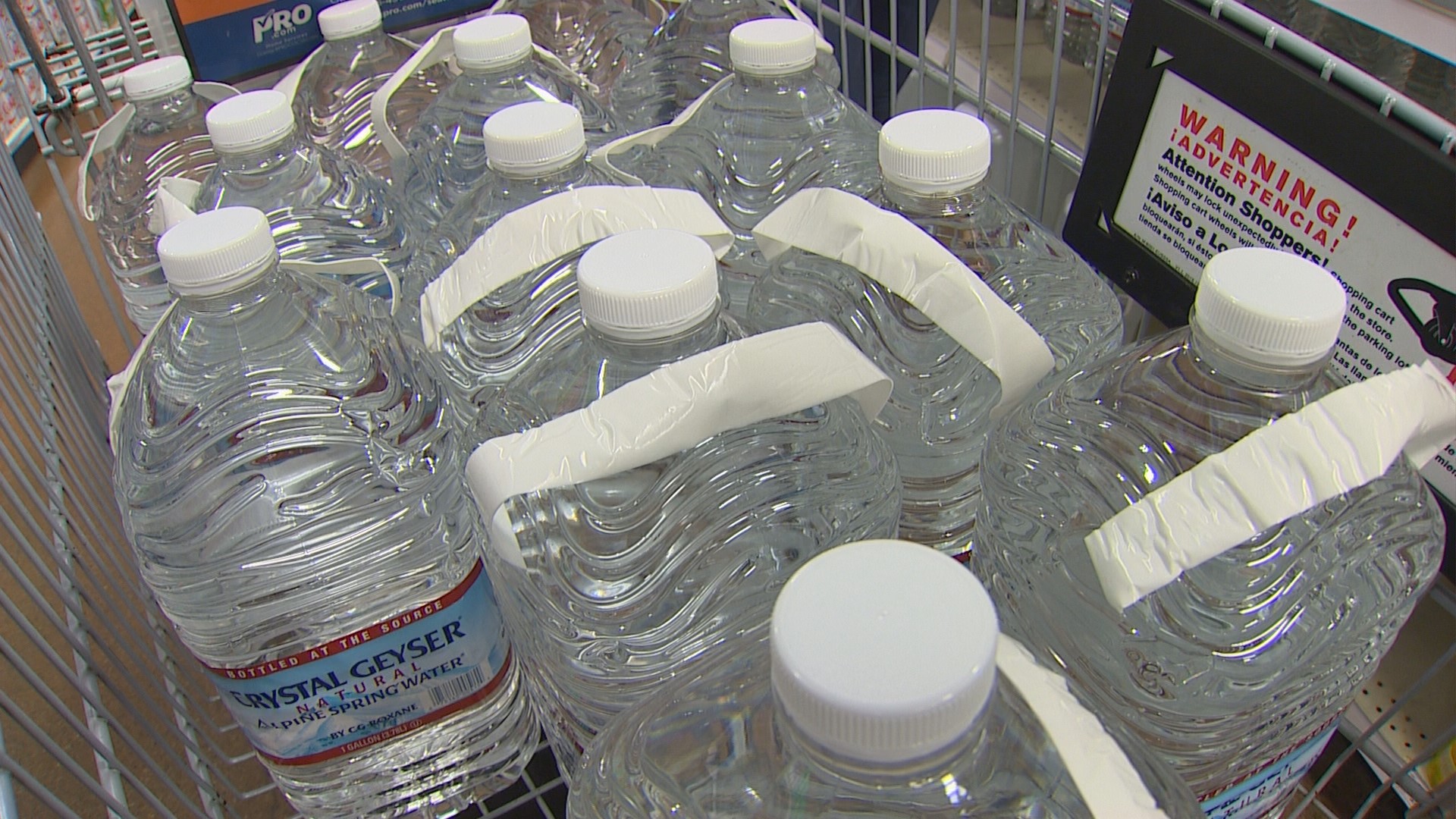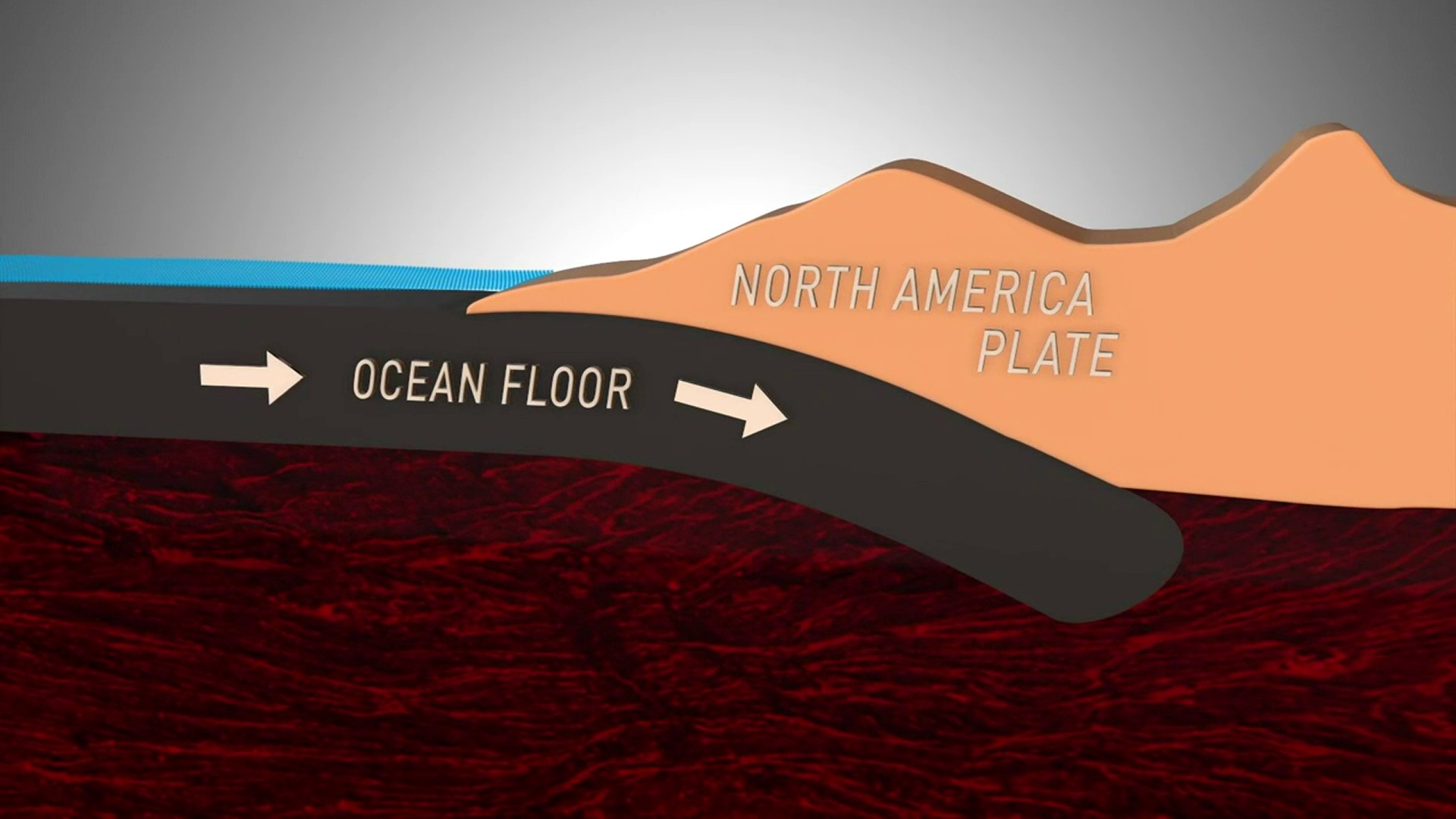Less than 50 percent of people in the Puget Sound region have actually taken steps to prepare themselves for a disaster, according to the American Red Cross.
And if you think three days of emergency supplies are enough – think again.
"We have found specifically last year after we did a very large exercise, multiple states looked at what would really happen if the big one hits, the Cascadia Subduction Zone earthquake, something of that scale. And the reality is that it's going to take more than three days potentially for first responders to get to people," said Colin Downey with the American Red Cross.
The June 2016 Cascadia Rising drill highlighted that concern and prompted a new recommendation that calls for a 14-day supply kit for every member of your family.
Emergency officials know that's not something that can necessarily happen overnight, but they say it's important to begin building your emergency kit today.
"You're not going to have the best kit just like that, but you can start building over time, and it really starts to become part of who you are as a family and as a unit," said Downey. "You can create habits, so take a simple step tonight by having that conversation with your family around the dinner table about a meeting place or who to call if you get split up. Those steps start to cascade and build habits."
So what exactly does a 14-day emergency supply kit entail?
"The amount of water you're going to need for your entire family is somewhat surprising," said Downey. "A gallon of water per person, per day is a lot for 14 days. That's a lot of cases of water."
For a family of four, that means you'd need 56 gallons of water, which cost about a dollar per gallon at most grocery stores. The American Red Cross also offers tips on how to store all that water.
The recommended list of supplies includes a two-week supply of food, a can opener, a NOAA alert radio, a flashlight, personal hygiene items, a set of tools, cash, toilet paper, a two-week supply of medications, identification and important documents, a fire extinguisher, warm clothes, extra batteries, sturdy shoes, and a first aid kit
The cost of a NOAA Alert Radio can start as low as $20, depending on the model. A NOAA alert radio is different from a traditional radio because the National Weather Service's alarms for warnings and watches will be heard on NOAA Alert radios 24 hours a day, even if the radio's audio is turned off. NWS says this is especially useful for warnings or emergencies that take place at night.
Downey said medications are something people often overlook when building their emergency kit.
"Think about how can I have a reserve of those most critical medications, so if something does happen I'm not scrambling around because I only had two days of something that was very important to me," he said. "Call the pharmacist now and start having that conversation."
Remember: you don't need to buy everything all at one. Consider starting with the 14-day water supply, and try to check another item off the list each time you go to the store.
Downey said those supplies could prove crucial to your family in the event of a disaster.
"If three days, seven, fourteen days pass before someone is able to get to you because roads are out or it's unsafe to you, we don't want to put first responders in harm's way, and we can help protect them by being prepared. Our first responders are heroes. We know they will take drastic measures to save others. But let's do everything we can today, on a blue sky day, to make sure they're safe as well as our families."
Join KING 5’s Disaster Preparedness Facebook group and learn how you and your community can get ready for when disaster strikes.


